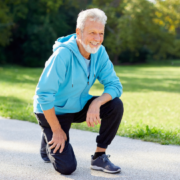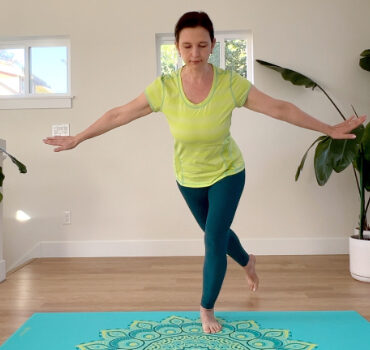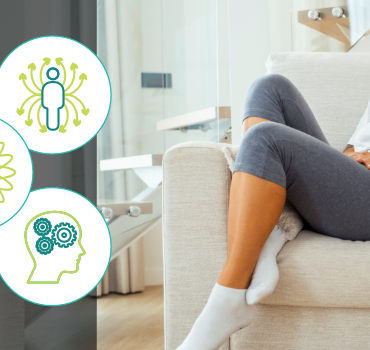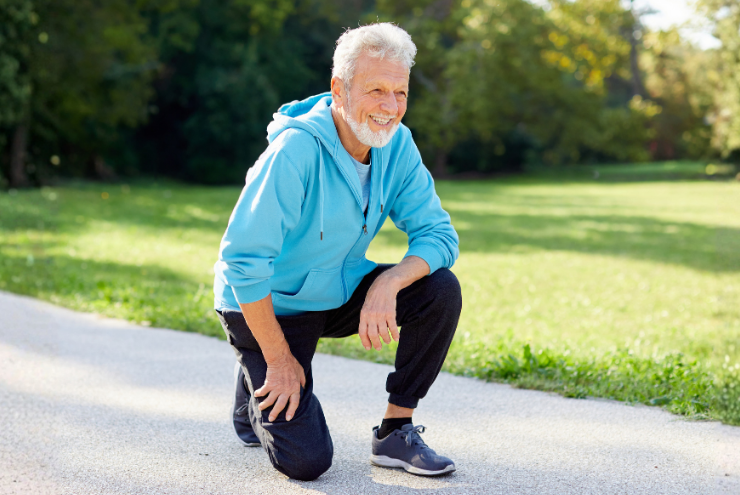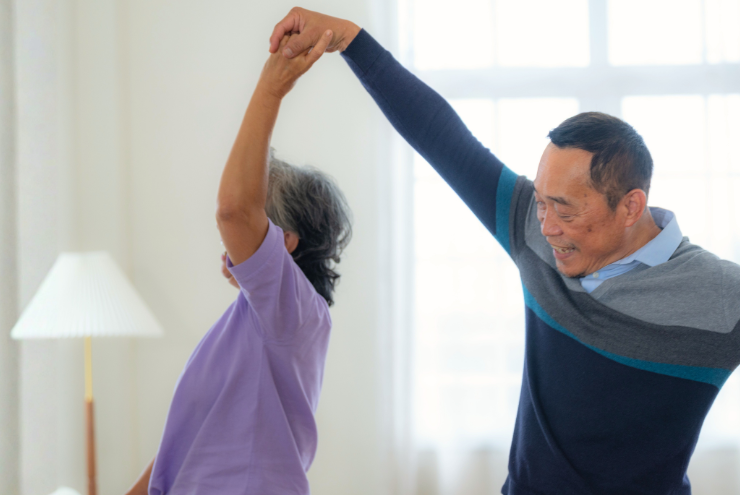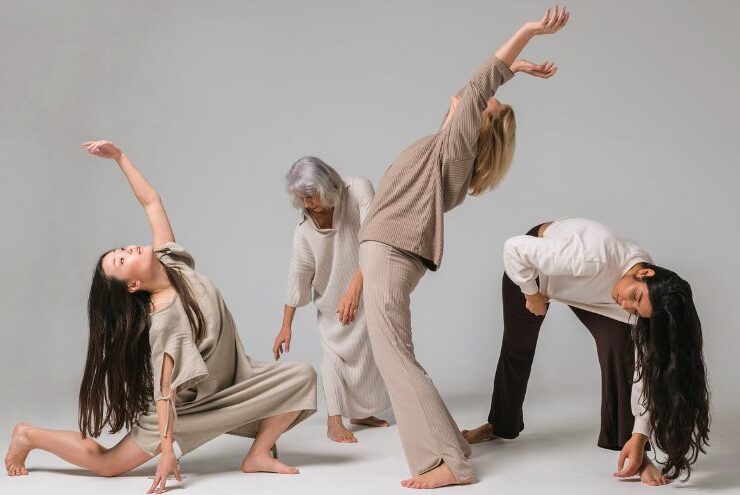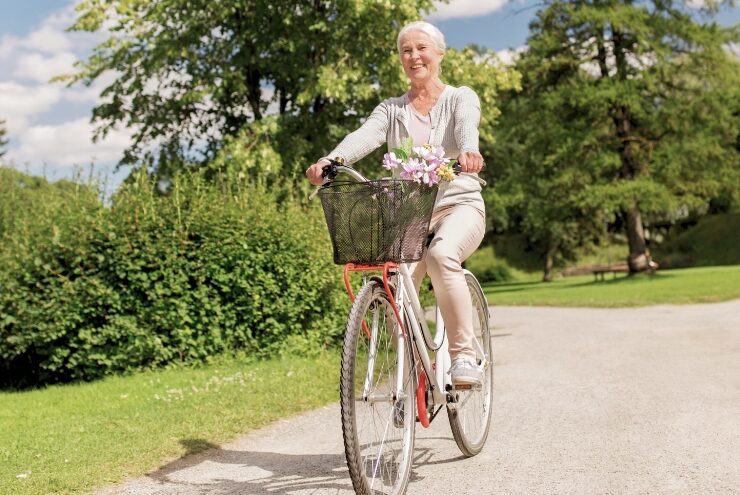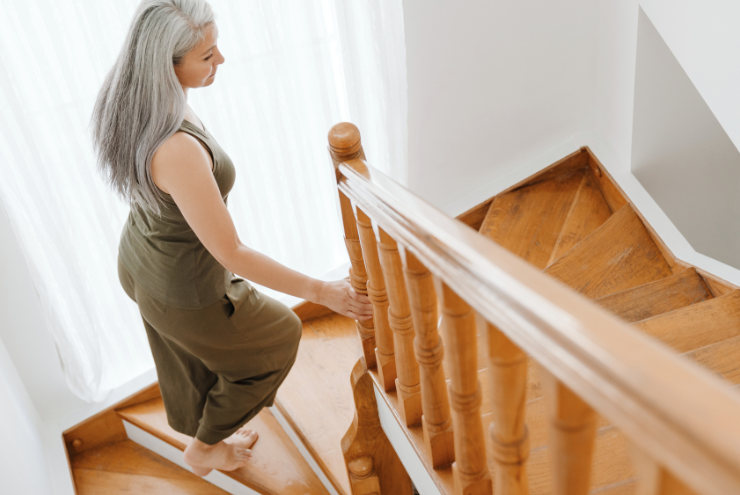How many responsibilities do you carry in your life right now?

According to the viniyoga tradition, our aging process is represented by the movement of the sun throughout the day. Sunrise represents childhood, midday represents adult life, and sunset represents a more mature age. Each stage has its own particular characteristics and recommendations for yoga practices.
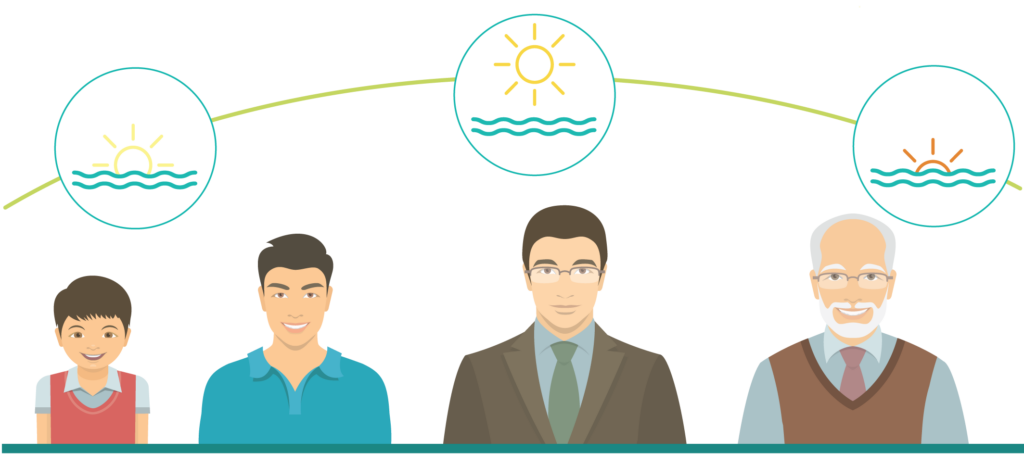
At first glance, this model might appear ageist because it might seem like the older folks in the sunset stage are “over the hill” and thus undervalued and dismissed.
That is why it is more useful to look at this model not through the lens of chronological age but from the perspective of responsibilities that one upholds. That way, we can truly understand the underlying foundations of each stage and the reasons for the selections we make in our yoga practices.
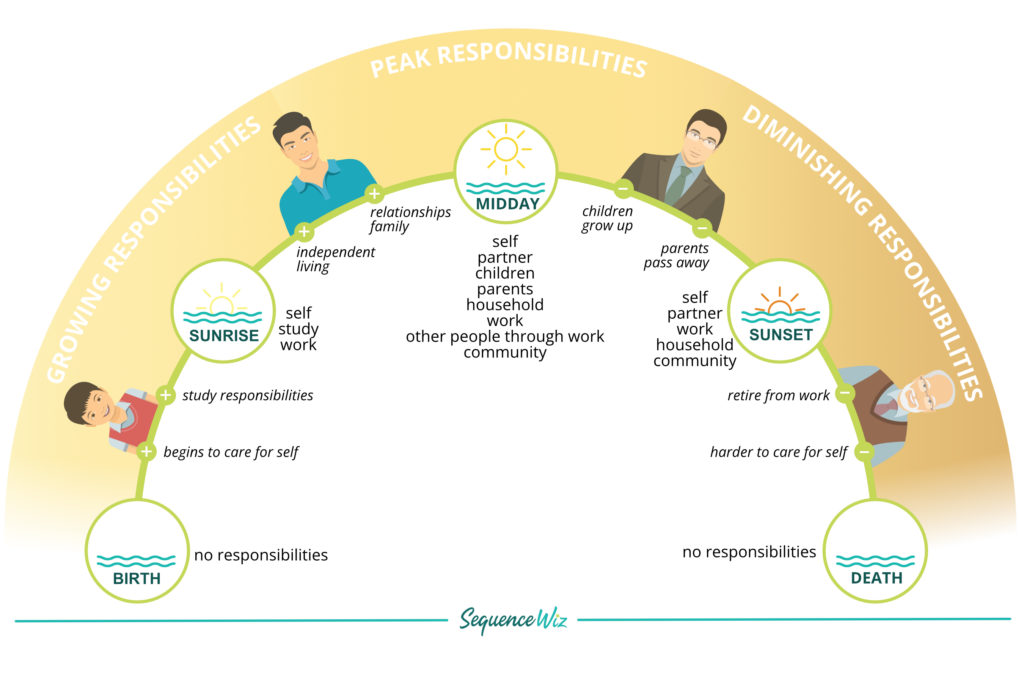
Sunrise stage
When we enter this life at birth, we have no responsibilities. We rely on the care of others as we gradually figure out the world around us and within us. The first responsibility the children begin to build is the responsibility for the self, from moving their bodies to where they want to go to picking up toys and brushing their teeth. Little by little, children claim their independence and learn to do things for themselves on their own.

Soon after, they are tasked with the responsibilities of studying and learning about the world around them in school and are supported in developing their own sense of self. This is the sunrise stage, during which children and then young adults need to learn discipline, habits of self-care, and curiosity about who they are and where they are going.
Early adulthood

Early adulthood usually begins when a person gets a job and starts living on their own. As the sun continues to rise toward midday, young adults begin to gradually acquire more and more responsibilities as they go on: independent household, work responsibilities, and budding relationships.
Midday (householder) stage
Before long, people find themselves at the peak of responsibilities when they have to take care of themselves, their relationship with their partner, young children, aging parents, the household, professional duties, civic engagement, and their community.

At this stage, the question becomes: How many people do you carry? Some folks, by choice, will “carry” a limited number of people if they choose not to have children, for example, and pick careers that make them responsible only for their own actions. But other folks end up “carrying” a lot of people and responsibilities, especially if they choose careers where other people’s health, knowledge, well-being, and even lives depend on them. Those careers include doctors, nurses, pilots, government officials, educators, engineers, and many, many others. Some folks will have more responsibilities to others at work; others will have more responsibilities at home if, for example, they become caregivers for their ailing family members, and others will have more responsibilities within their communities if they become leaders and defenders of the rights of specific groups.
How many people depend on you in your daily life, including family, professional environment, community, and other areas? Those loads of responsibilities can become quite heavy and lead to high stress, lack of sleep, poor food choices, minimal time for self-care, and early signs of the body not working as efficiently as it once did. Because of this huge load of responsibilities that we acquire at this “householder” stage of life, the yoga tradition advises that we focus our efforts and limited available time on energy management and increasing vitality so that we are able to carry our loads with a bit more ease.
Sunset stage
Then, little by little, the load of responsibilities begins to lighten. Kids grow up, work responsibilities become easier with experience, and retirement might appear on the horizon. These diminishing responsibilities come with losses, too; parents pass away, partners might leave or expire, and the friend circle might shrink. As things begin to fall away, it is up to us to decide what is worthy of our time and energetic investment and what we want to get out of this life stage. Introspection and reflection became particularly important to figure out how and where we choose to spend our limited resources (time, money, energy, efforts, etc.)

The Selective Compensation and Optimization Model of Aging, for example, implies that people at this stage deliberately begin to reduce efforts in some areas in order to focus more on achieving success in others. It also appears that older adults make these selective choices to optimize the areas of functioning that are central to their identities. In fact, concentrating your efforts on things and activities that are important to you, making the best you can out of them, and letting other unimportant things fall away seem to be very good for our well-being.
“It may be difficult at first, but people who are able to make accommodations for age-related changes without becoming overwhelmed or preoccupied will be able to reestablish their sense of purpose and well-being.” (1) If we manage it well, our “sunset” years characterized by diminishing responsibilities can become the most insightful, the most rewarding, and the most enjoyable time of our lives.
None of us will live forever, and eventually, it will become harder and harder to take care of ourselves. Our responsibilities will diminish even further. Hopefully, by then, we will have systems in place to carry us through the final months toward an eventual graceful exit.
Some folks might view this model as morbid, but to me, it seems like an insightful bird-eye view of our life cycle. While we don’t have full control over every aspect of our lives, we can certainly set ourselves on a specific life course and then tweak it along the way. And this is where yoga comes into play. We know that change (and aging) is inevitable, but yoga helps us affect the direction of change. Research on aging clearly shows that the quality of your life between the ages of 65 and 85 depends largely on the choices you make before age 65 (after age 85, it mostly depends on your genes). This gives us so much power! How will we use this power? How can we use yoga to maximize our resources and set ourselves up for healthier and more fulfilling later years? Let’s start by discussing what makes you uniquely YOU >

Sign up for HappyU bi-weekly newsletter to get yoga practices and other recommendations for different stages of life!
Resources
- Adult Development and Aging by S. K. Whitbourne and S. B. Whitbourne

